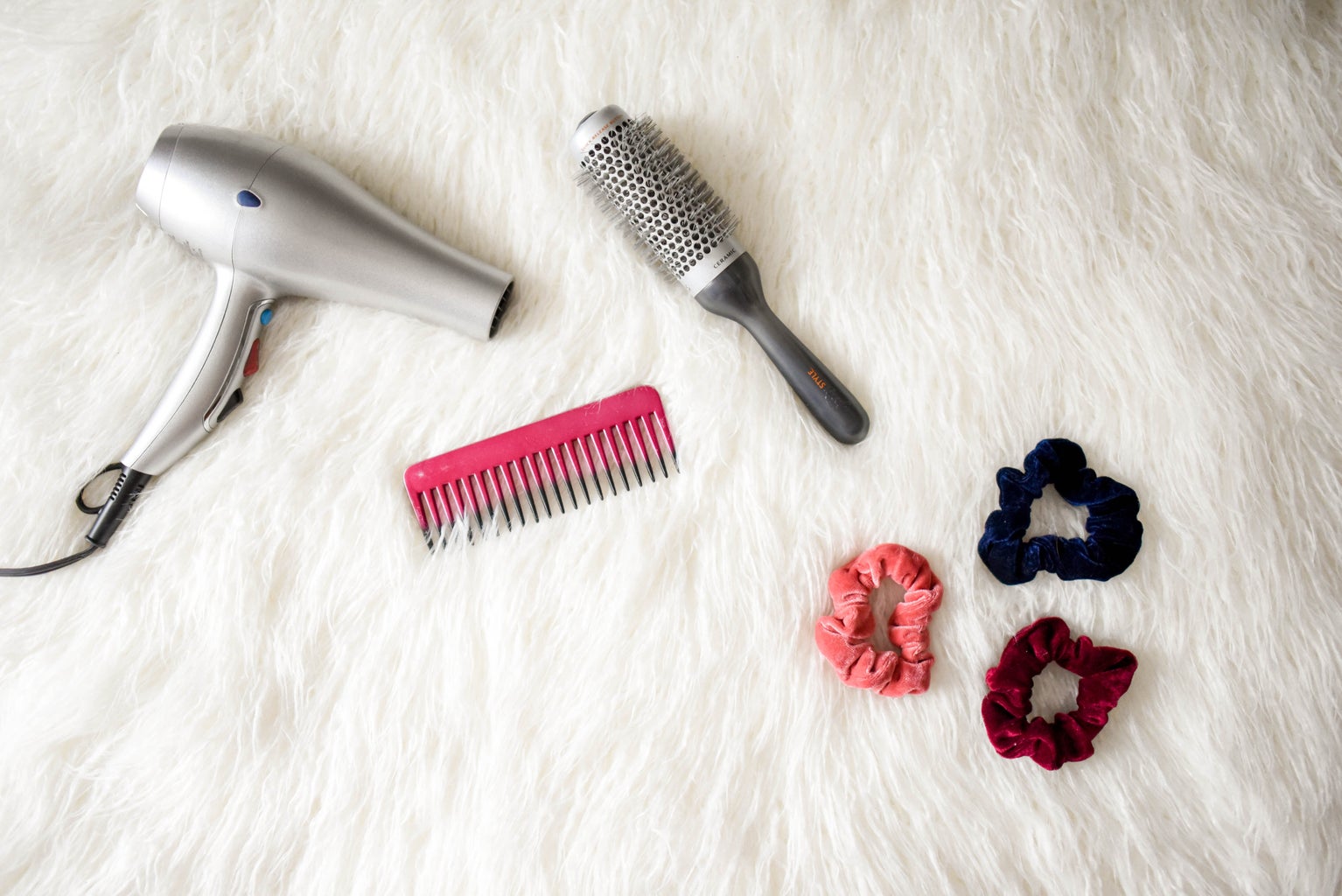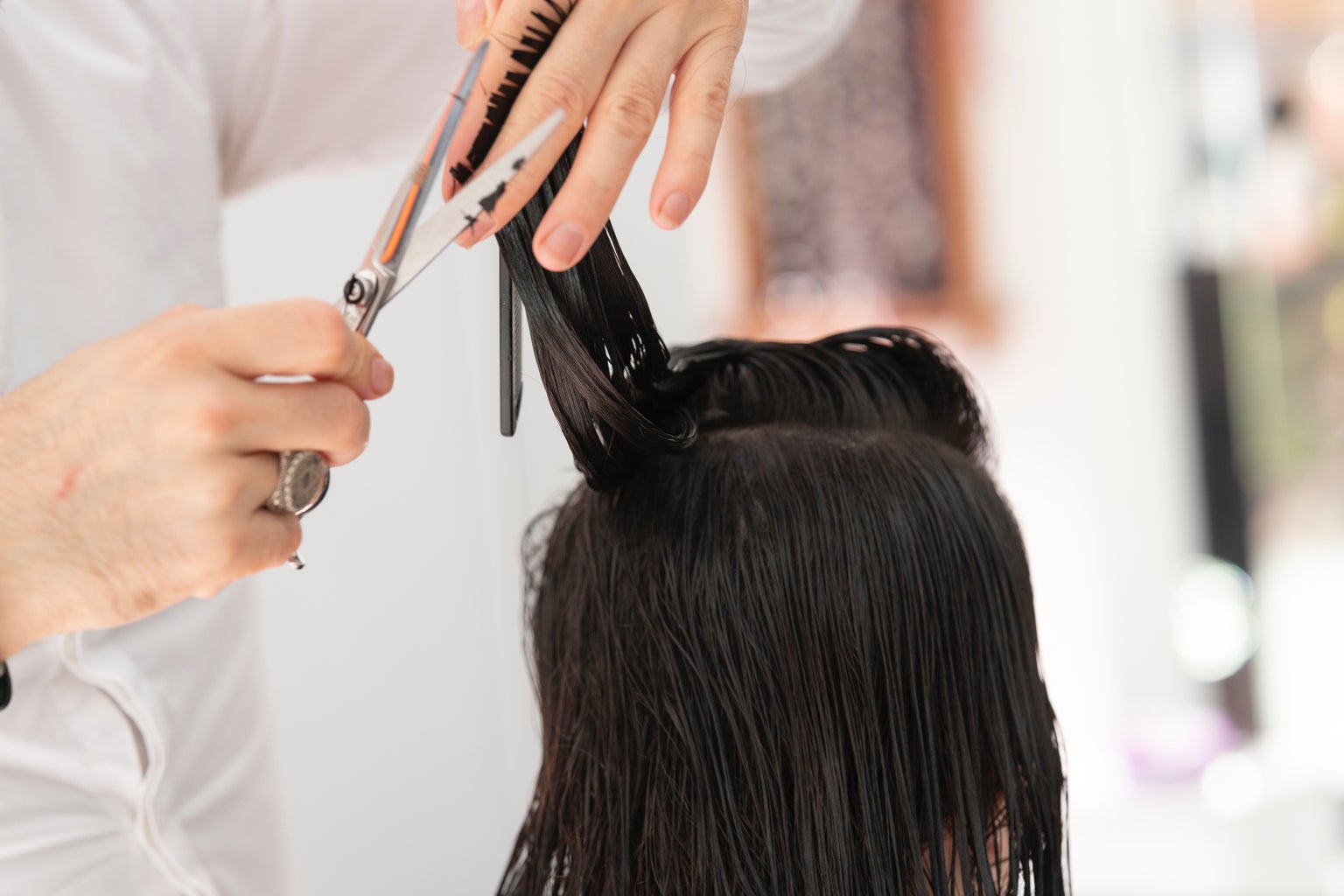Hair donation seems really easy. The common “grow-out-your-hair-and-chop-it-off” cycle is a normal occurrence that also doubles as an act of service. Yet a lot of people don’t do nearly enough research on the regulations of the companies they mail their hair to, which is very concerning.
But first, a little backstory: I have alopecia areata. It goes through unpredictable phases, which made large chunks of my hair start to fall out when I was in second grade. It’s been mostly in remission for about nine years now. However, from second to fifth grade, I had some decently large bald spots. This made me really self-conscious, and I would endlessly try to come up with hairstyles to cover up the empty patches.
I really wish that hair wasn’t something so important to femininity and identity in our society, because it truly makes hair loss an extremely difficult topic for many women. Thankfully, women like Massachusetts Congresswoman Ayanna Pressley are becoming strong examples of beautiful, successful people with hair loss. Pressley recently posted a video about losing the last of her hair to alopecia the day before having to speak at the impeachment trials (if you haven’t seen it yet, go watch it, because she is an inspiration).
While discussions about hair loss are slowly increasing, wigs and hair pieces still provide comfort to women and children struggling with low confidence due to hair loss. Unfortunately, wigs can be really expensive, especially since it can take eight to ten ponytails of hair to make one wig. Synthetic wigs are cheaper, but they often do not look as realistic and do not last as long. This is where hair donation comes in.

While donating hair seems easy enough, it can get thrown away for many reasons. According to Wigs for Kids, if you send hair in when it isn’t completely dry, it will mold and become unusable. Also, make sure you pay close attention to how it is cut, because hair must be bundled in ponytails or braids (Locks of Love will accept either, but others are more specific.) If loose hair is donated, it also has to be thrown away. The minimum lengths required by the company you decide to donate to are important as well. This doesn’t mean organizations will only accept straight hair, though. If you have curly hair, just make sure you pull it straight when measuring it to make sure it’s the correct length. The healthier, longer, and cleaner your hair is, the more likely it will be used.

In general, if you want to donate your hair to help people with hair loss, then please do your research. Make sure your hair fits the qualifications of the organization you want to donate to, and follow the cutting and shipping instructions carefully, or go to a certified salon that will donate the hair for you. If you can’t donate hair, but still want to help, many organizations accept monetary donations which allow them to continue to support people with hair loss.



